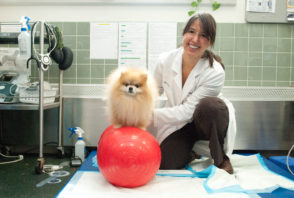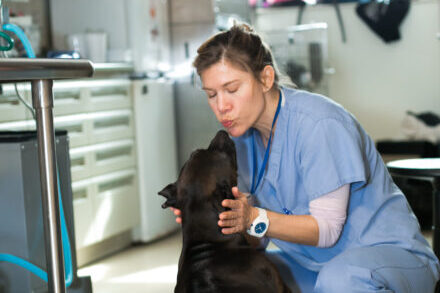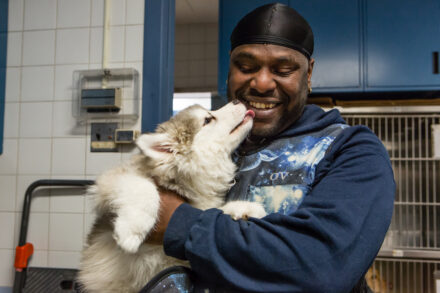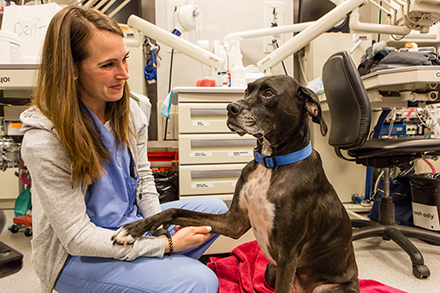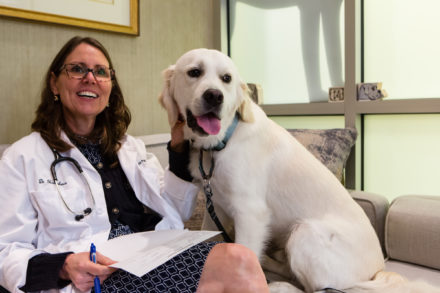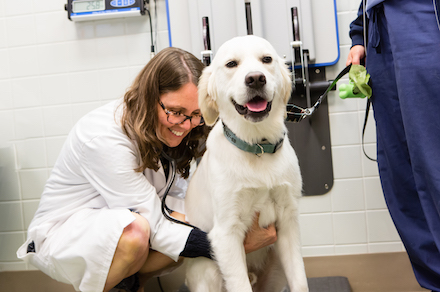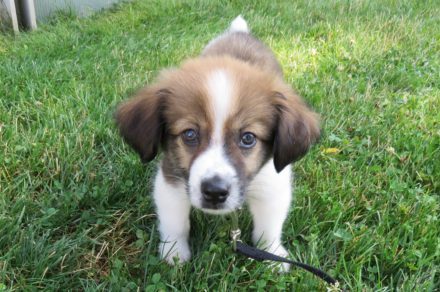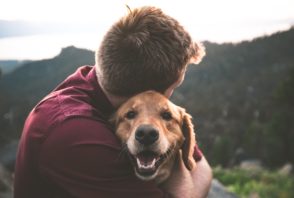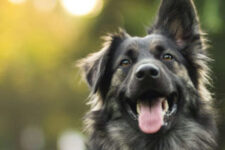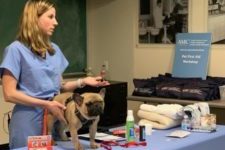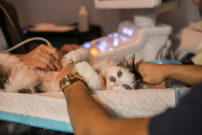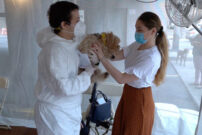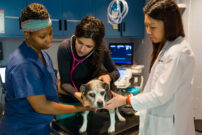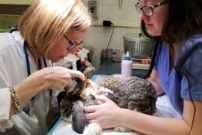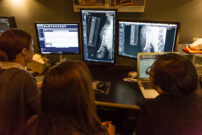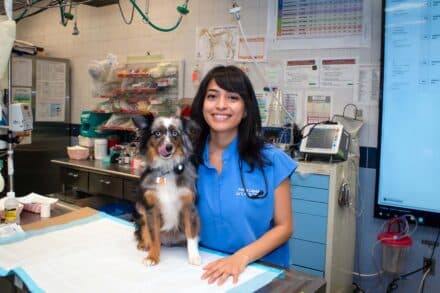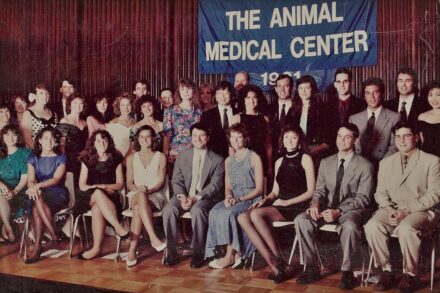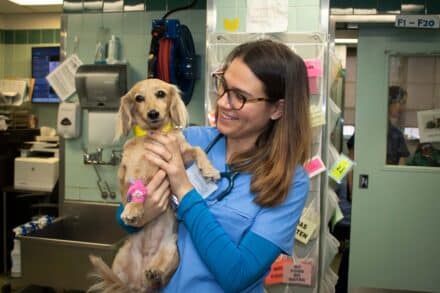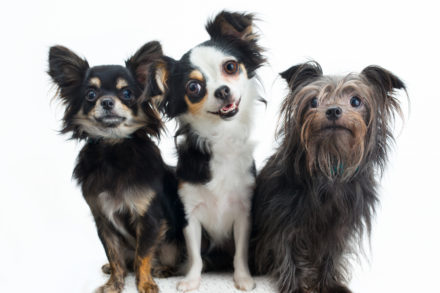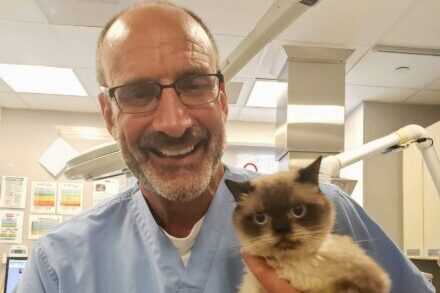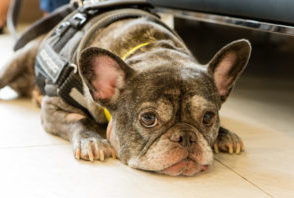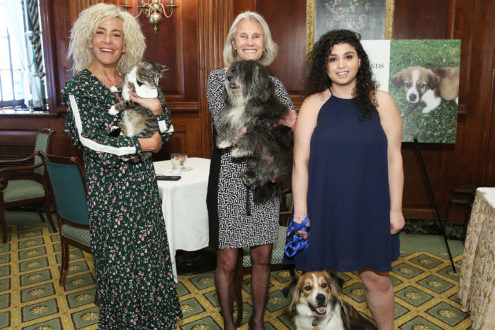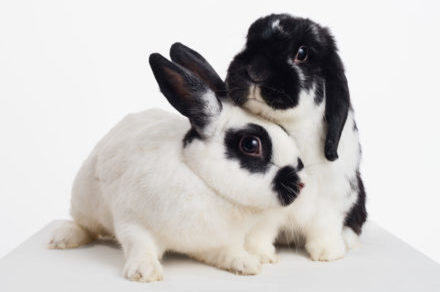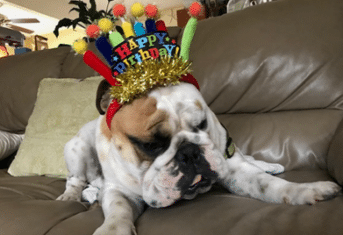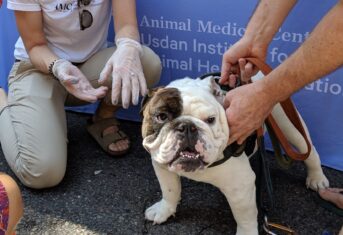Brachycephalic Airway Syndrome in Dogs

Brachycephalic Airway Syndrome in Dogs
The word brachycephalic is a mouthful, but if we break it up, we can make sense of it. Brachy means short and cephalic means head. Brachycephalic dogs are those adorable squish-faced dogs like the bulldogs of France, England and the United States, as well as pugs and mastiffs. Although you may not have known what brachycephalic means, you have probably seen or more likely heard this syndrome. Dogs with brachycephalic airway syndrome make a racket when they breathe due to abnormalities of their anatomy.
Multiple Anatomic Abnormalities
As many as six anatomic abnormalities make up brachycephalic airway syndrome. Not all dogs have all six, but the more a dog has, the greater their clinical signs. In the chart below I have given the medical name for the abnormality and a more understandable translation.
| Stenotic nares | Nose holes are too small |
| Extended nasopharyngeal turbinates | Air filtering bones inside the nose extend into the back of the throat |
| Elongated soft palate | Roof of the mouth is too long |
| Laryngeal collapse | Voice box collapses, making air passage difficult |
| Hypoplastic trachea | The windpipe is too narrow for the dog’s size |
| Everted laryngeal saccules | Pouches inside the voice box turn inside out and block airflow |
Consequences
Looking critically at the anatomic abnormalities in the chart, all of them lead to a decrease in air flow in and out of the lungs. Stress, anesthesia and exercise can be difficult for dogs with brachycephalic airway syndrome. Heat and humidity make respiration more difficult in any dog. Dogs cool themselves through panting. Dogs with brachycephalic airway syndrome are prone to overheating. They cannot effectively pant because airflow is inadequate to effectively cool the dog via panting. Because of the risk of respiratory distress during travel, many airlines will not accept brachycephalic dogs as cargo.
Treatment
While most pet owners think of treatment as something a veterinarian does, in the case of brachycephalic airway syndrome, home management plays a key role. First, maintaining your dog at an idea body condition makes breathing easier. Additionally, use a harness instead of a collar. Collars can put pressure on the voice box and windpipe.
Anti-inflammatory medications, sedatives and cough medications can be prescribed to help alleviate a flare-up of brachycephalic airway syndrome, but surgery may be required to provide long term relief.
A variety of surgical interventions may be needed to alleviate respiratory signs. Here is the above table with anatomic abnormalities in the left column and the corrective surgery in the right column.
| Nose holes are too small | Enlarge nostrils |
| Air filtering bones inside the nose extend into the back of the throat | Treatment is controversial and not widely available |
| Roof of the mouth is too long | Shorten roof of mouth |
| Voice box collapses, making air passage difficult | Permanent tracheostomy, which creates an opening in the windpipe for breathing |
| The windpipe is too narrow for the dog’s size | No surgical treatment available |
| Pouches inside the voice box turn inside out and blocks airflow | Remove pouches |
A recent research study from the Animal Medical Center, determined a carbon dioxide laser technique was as good as the bipolar vessel sealing device for surgical reduction of an elongated soft palate (shortening of the roof of the mouth). Both are preferable to traditional cutting and suturing because traditional surgical techniques result in more bleeding and swelling in this area.
Laryngeal collapse is a late complication of brachycephalic airway syndrome. Early correction of the small nose holes and a long roof of the mouth may help to reduce the occurrence of laryngeal collapse. Prevention is clearly preferable to a surgical repair which may involve a permanent tracheostomy. If reading about brachycephalic airway syndrome makes you wonder what the opposite of brachycephalic is, the term is dolicocephalic. Think Lassie and you will know what a long-headed dog looks like.
